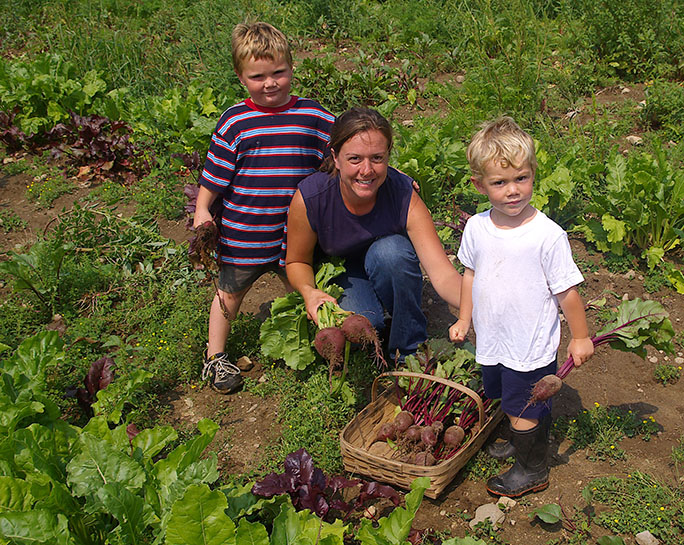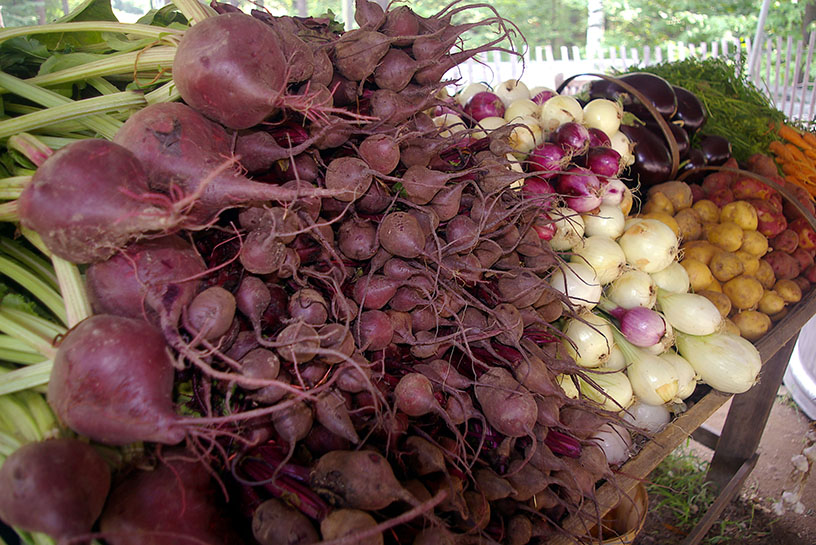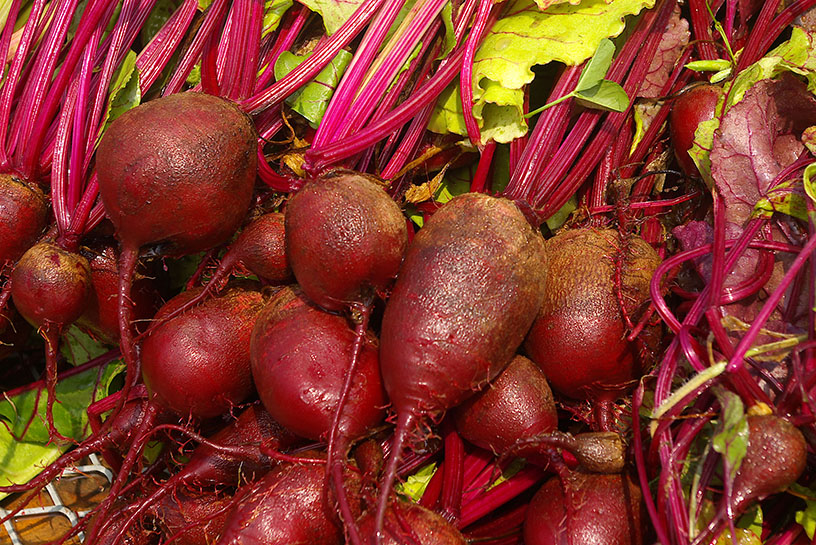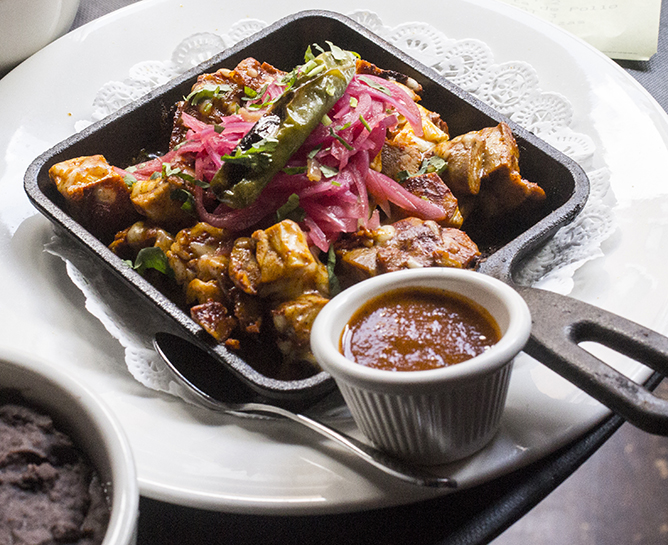Bite into beets: It’s time to put the vegetable to good use
Potatoes have their hard luck stories. So do beets. But while the potato has risen from blight and famine, beets are stuck in the popular mind with long Russian winters, hard labor, pogroms and the Lower East Side. Beets have been on the table in modest hovels and ornate dining halls throughout the reigns of czars, revolutions and purges. They belong as much to the caviar and vodka set, as to the cabbage and tough meat crowd. And they're prepared for all tables in much the same way.
There are two classic year-round recipes for beets that never tire: pickled or borscht, a cold or hot soup. Perhaps because we are stuck on these proven classics, which go back so far in the pages of family cookbooks for so many us, we also remain stuck on the historical peasant imagery.
Not surprisingly, borscht recipes are common in cookbooks with titles pertaining to "immigrant ancestors" and "grandma's kitchen." A favorite title is "Cook Like a Peasant, Eat Like a King." The borscht recipe here includes canned beef broth, however. The peasant life the authors describe would hardly include canned products. "So-called peasants respect soup so much," the book says, it makes a "superb supper," with "homemade bread, freshly churned butter, and wine from the barrel in the cellar." What peasant had a cellar?
With the dramatic history they've figured in, it would seem beets should have a role in the "Metropolitan Opera Cookbook." When my copy opened to a sponge cake recipe by the tempestuous Maria Callas, it didn't look promising. But there is a beet recipe here from rival another distinguished soprano, Teresa Kubiak. It's called chlodnik, a cold soup similar to borscht but with more additions including shrimp. Chlodnik (pronounced hu-wohd-neek) is from Kubiak's native Poland.
The common denominator in the plentiful cookbook versions of both chlodnik and borscht is, of course, beets, used for soup stock and as a soup ingredient. While recipes range widely in sophistication, a simple and scrumptious jar of pickled beets requires no more than three beets, an onion, cloves, salt, sugar and vinegar. Once they're ready, you'll be tiptoeing to the refrigerator often. Pickled beets are a great side dish to many cuts of meat and fish, but also delicious by itself.
Beets are the wild extroverts among root vegetables and tubers. Once pulled from their neat rows, the beets at Barrett Hill Farm in Mason look like they're about to get up and dance. And they're a boon to the short New England growing season. "They even push the rocks aside," says Beth LeClair, whereas, "the carrots grow around them."
Beets are loudmouths in the kitchen. It takes no skilled detective work to find where beets have been cooked or served. Red Rorschach-like inkblot stains will appear on napkins and kitchen counters, while red puddles will be evident on the plates of recent dinner guests. Fear not; the stains usually wash out easily, even in cold water (which would "set" many other types of stains, but not beets). One source recommends absorbing excess beet juice on your shirt with white bread.
Beets are showing up in tasty salads with endive and goat cheese, or combined with oranges, mint and fennel. LeClair, whose husband, Matt, has been growing various varieties of beets for 20 years, says there's a beet renaissance going on. "People are getting into them again," LeClair says. "We bring a huge heap of beets to the (farmers) markets, and they go pretty fast. We had no idea they would be such big sellers."
That's nice to hear. If you grew up outside an Eastern European, Russian or Jewish community, you kept your love for borscht and pickled beets between you and your mother. Those not indoctrinated into such peasant fare would easily recoil from the red-purple soup with its floating shock of sour cream. Now one of the best-kept culinary secrets of czars and peasants is becoming more common knowledge.




